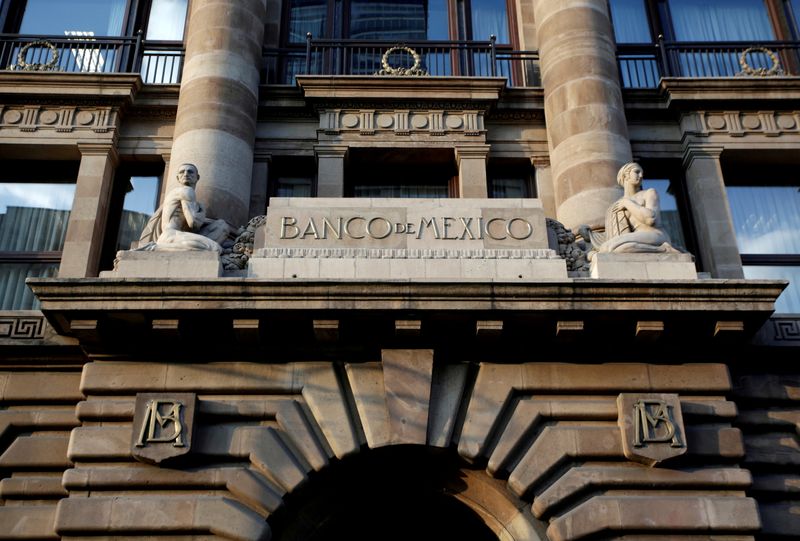LONDON (Reuters) – Emerging markets saw more interest rate hikes in June as a hawkish pivot from the U.S. Federal Reserve amplified inflationary pressures in a number of developing economies.
Policymakers across a group of 37 emerging market central banks delivered a net five interest rate rises in June after a single increase in May.
A raft of major central banks raised rates in June and many flagged an accelerating pace of hikes in the months to come.
Brazil delivered its third consecutive increase of 75 basis points while raising the spectre of larger hikes ahead as it returns to “neutral” rates, dropping plans for a “partial” normalisation of policy.
Russia’s central bank raised its key interest rates by 50 basis points to 5.5% and said more was needed to rein in high inflation, eyeing potentially a 100 bps increase in borrowing costs in July.
Mexico surprised markets, hiking by 25 basis points to 4.25% just days after the Fed turned more hawkish.
Policymakers said the move was necessary to avoid adverse effects on inflation expectations and cited price formation in the United States, though the bank’s deputy governor suggested there could be a long pause to wait for its northern neighbour to hike.
Hungary and the Czech Republic became the first European Union countries to raise rates in recent years, the former delivering a slightly bigger than expected rate hike.
Most of the June hikes came after the Fed began closing the door on its pandemic-driven monetary stimulus on June 16 and surprised markets with an accelerated timetable for interest rate increases. The hawkish pivot briefly jolted markets while the dollar index has gained 2% since.
“Mexico, Hungary and the Czech Republic saw their central banks raising interest rates,” said Marek Drimal at Societe Generale.
“Countries where central banks have already been tightening and are expected to continue or are expected to start soon, should be somewhat shielded from the impact of higher front-end U.S. rates and possibly a stronger U.S. dollar,” Drimal added.
Armenia also hiked rates, though it is not part of the Reuters sample group.
Uganda, also not part of the sample group, proved a rare outlier, cutting its benchmark rate to a historic low to try to boost the flow of cheap credit and lift businesses battered by the effects of the COVID-19 pandemic.
EM central banks continue with rate hikes https://graphics.reuters.com/EMERGING-RATES/rlgvdrxoevo/chart.png
The recent switch of emerging market central banks from an easing to a hiking cycle had come after the balance between rate hikes and cuts across the group of 37, by Reuters calculations, was negative or zero for two years up to February 2021.
This had been the longest easing cycle since the 2008 financial crisis and the 2010 euro crisis.
At the peak of the cycle in March last year, 27 of the 37 central banks cut rates, trying to protect their economies as the fallout from the coronavirus pandemic and lockdowns to contain it rippled through markets around the world.
In 2021, there have been 15 rate hikes across the group so far, compared to four in the whole of 2020 and nine in 2019.
There have been only 3 cuts this year, compared to 115 in 2020 and 81 in 2019.
Yearly tally of EM central bank rate moves Yearly tally of EM central bank rate moves https://graphics.reuters.com/EMERGING-RATES/rlgpdrxaepo/chart.png
(Reporting by Karin Strohecker and Ritvik Carvalho; Editing by Catherine Evans)



















